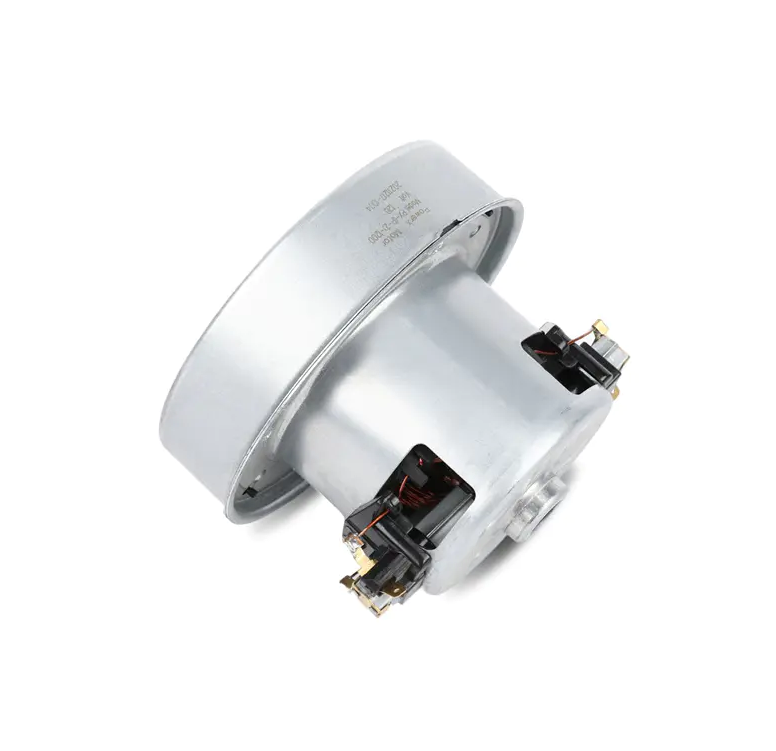Shaded pole motors are often selected for certain applications due to their cost-effectiveness and simplicity, but they come with both advantages and limitations that need to be considered.
Simple Design: Shaded pole motors have a relatively uncomplicated construction, which results in lower manufacturing costs.
Reliability: Due to their straightforward design, shaded pole motors are quite reliable in their intended applications.
Low Maintenance: The motor’s design requires minimal maintenance, making it suitable for applications where maintenance needs to be infrequent.
Cost-Effective: These motors are inexpensive to produce, making them ideal for low-budget applications.
Low Efficiency: One of the main drawbacks of shaded pole motors is their low efficiency. The design results in significant power losses, especially under load.
Limited Starting Torque: Shaded pole motors generally provide low starting torque, which limits their use in applications that require high initial power to begin operation.
Slow Speed Regulation: The motor’s speed can be affected by variations in load, leading to less precise control of rotation speed.
While these motors have clear advantages for specific tasks, their limitations make them less suitable for high-performance or heavy-duty applications.



